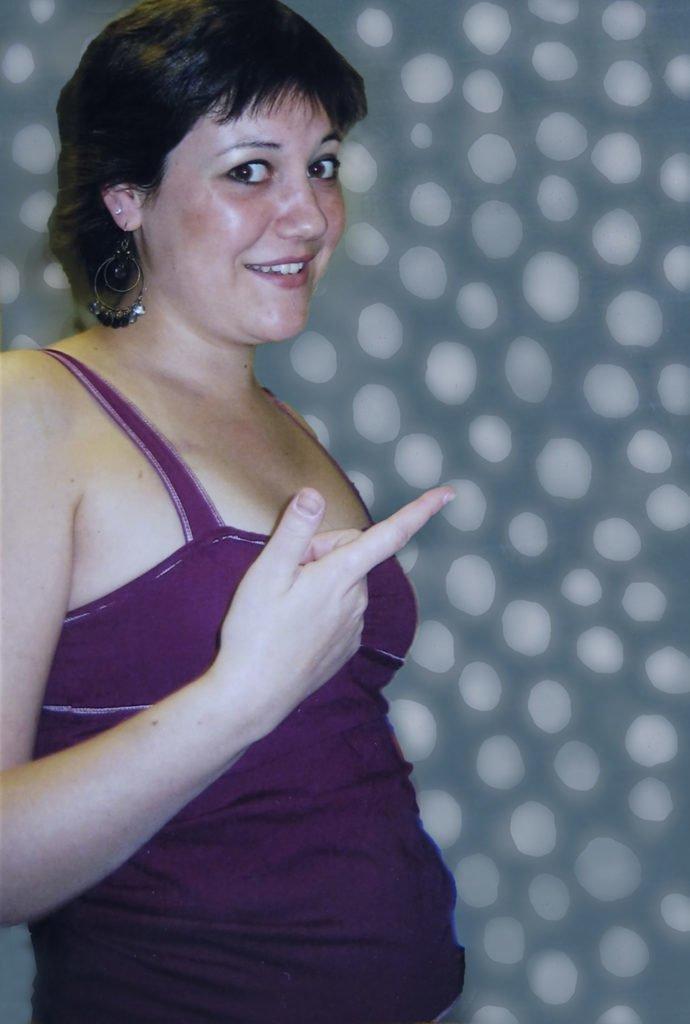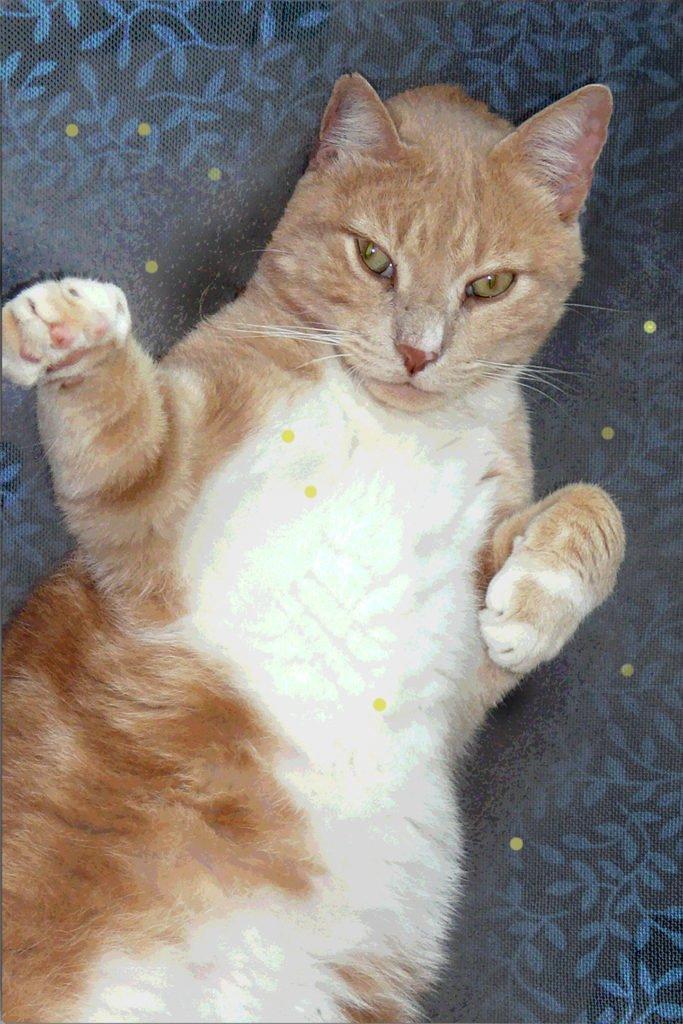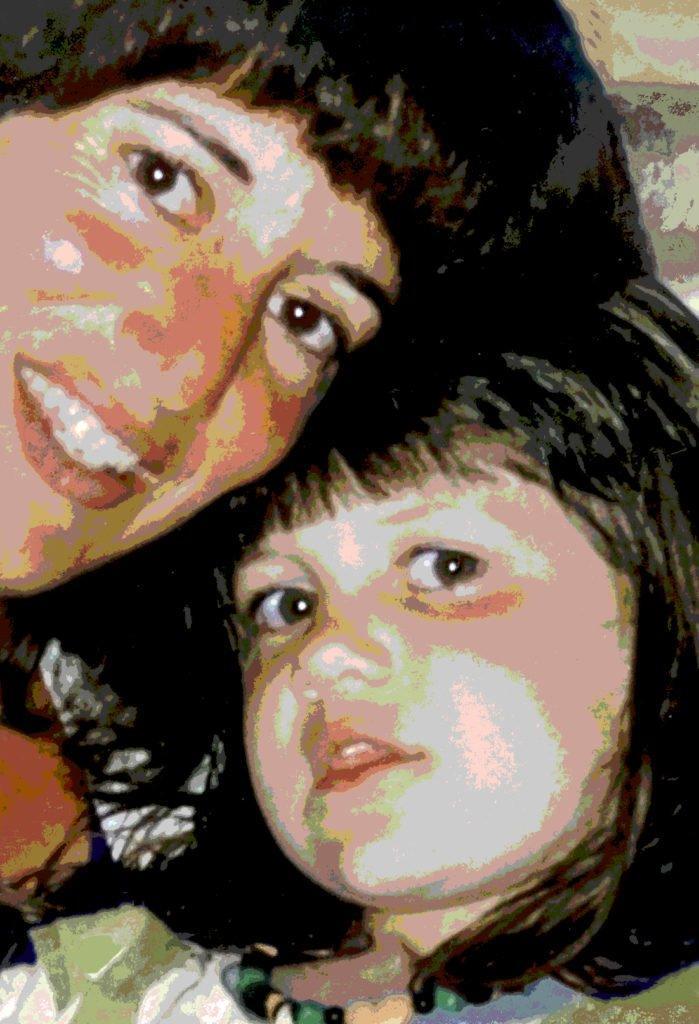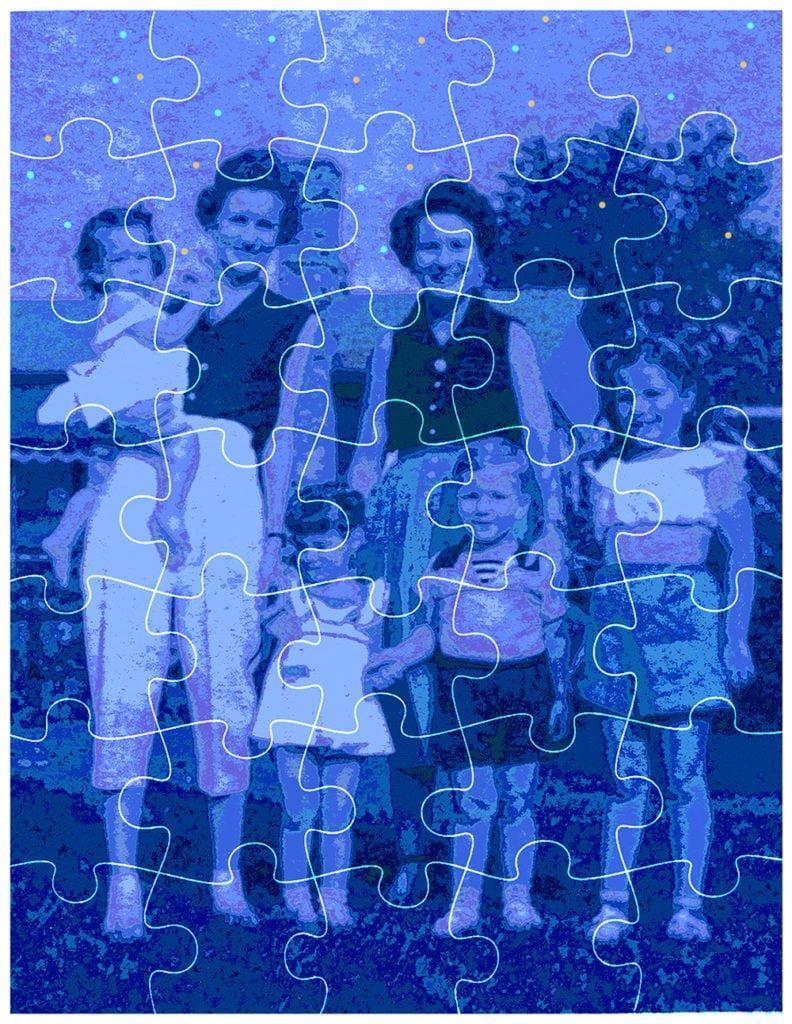Stuck in the house. Alone, on a cold night. Just me and the life-size photo of my daughter on the wall. And I’m imagining, if she were here she’d trot downstairs in her tank-top and flannel pajama pants, saying, “Mom, what’s here to eat?” She would stand in front of the wide-open fridge, surveying its bare depths in doleful disbelief. Then she’d search the pantry and every cabinet, eventually getting to the breadbox where she’d find an almost full bag of marshmallows. The giant-sized ones. I’d carried them all last summer, from one friend’s house to another’s, in hopes of convincing someone to build a campfire and make s’mores.
“Mom, remember when it rained and we roasted marshmallows over the stove?” I hear Marika say now, beaming mischievously like she’s inviting me to play. “Where are those stick-things we used to stick in the ‘mallows?” She gets me tearing through the kitchen drawers until I find the shish-kabob skewers.
“OMG, Mom! You still have Hershey’s chocolate bars here.” She’s giving me her irresistible pout-face that begs, “Can we make s’mores, Mom?”
I don’t have any graham crackers, I tell her photo. But the next thing I know, I’m holding a skewered marshmallow over the blue flame of the stove-burner anyway. It suddenly catches on fire and I frantically blow at the small blaze. When my heart stops pounding, I devour the gooey mass, black ash and all.
“Mom, you’re such a wimp,” I hear her say. It’s like hearing an old sweet familiar tune.
I toast and eat enough marshmallows for us both.
“So Mom, if we can do this, why can’t we light Chanukah candles?”
It isn’t Chanukah, I tell her.
“That’s the best time to light Chanukah candles,” she assures me, “We can light them all then.”
Yikes, I’m thinking. More fire. Hot. Hurts. All those memories. I don’t want to remember that song you sang as you lit the candles. More pain. I don’t think I can do this, Marika.
Now she’s smiling at me. In the past she would have grunted, and rolled her eyes. But she smiles, and sighs,
“Let’s just light the effin’ candles, Mom.”
Who do you talk to when there’s no one to talk to? How do you keep alive the best parts of yourself and the one you are missing?





